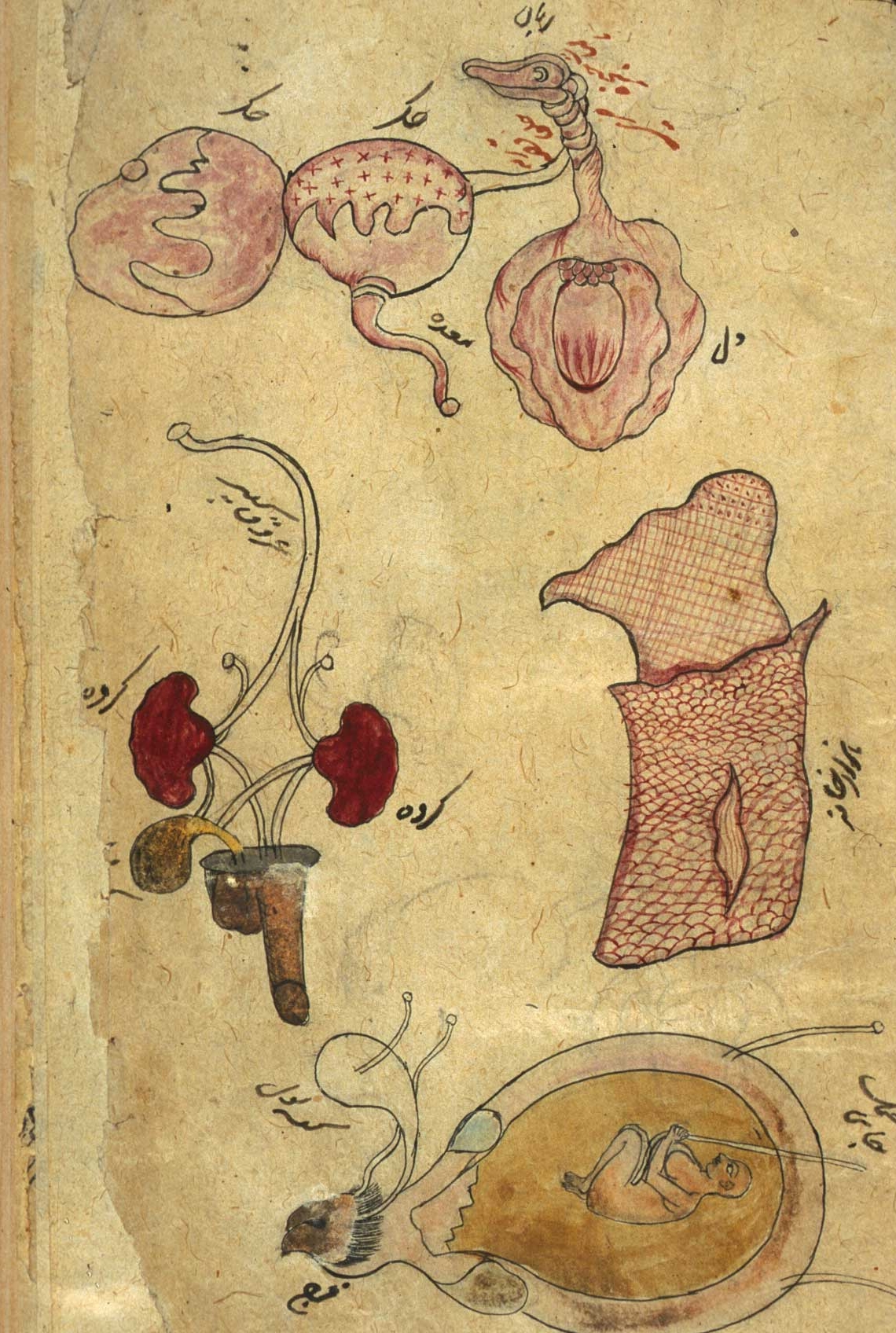
SC 469, 6pm
Reconstructive surgery of mutilated parts of the face – of lips, ears, and especially noses – became an Italian specialty in the second half of the 16th century. The technique came from two families of Southern Italian barber-surgeons of the 15th and 16th centuries, and it was re-described and practiced by a group of professors of surgery and anatomy at the University of Bologna. Among them, Gaspare Tagliacozzi devoted an entire (and very erudite) book to the subject. While many histories of surgery focused on the technique of using skin grafts, this paper focuses on its social and cultural contexts and on different ideals and practices of masculinities in Early Modern Italy. First, I will sketch some of the main themes of Tagliacozzi’s 1597 book: the rhetoric of bravely bearing pain; and the distinctions between “the natural” (surgery) and “the artificial” (cosmetics). Second, I will put the book in the context of two different forms of masculinities: that of the surgeons and that of their patients, mostly noblemen whose honor and physical integrity were at stake in duels and wars. In this way, my paper connects the emergence of the surgical reconstruction of disfigured faces to the social ascension of its practitioners and to the relationships between different forms of masculinity.

